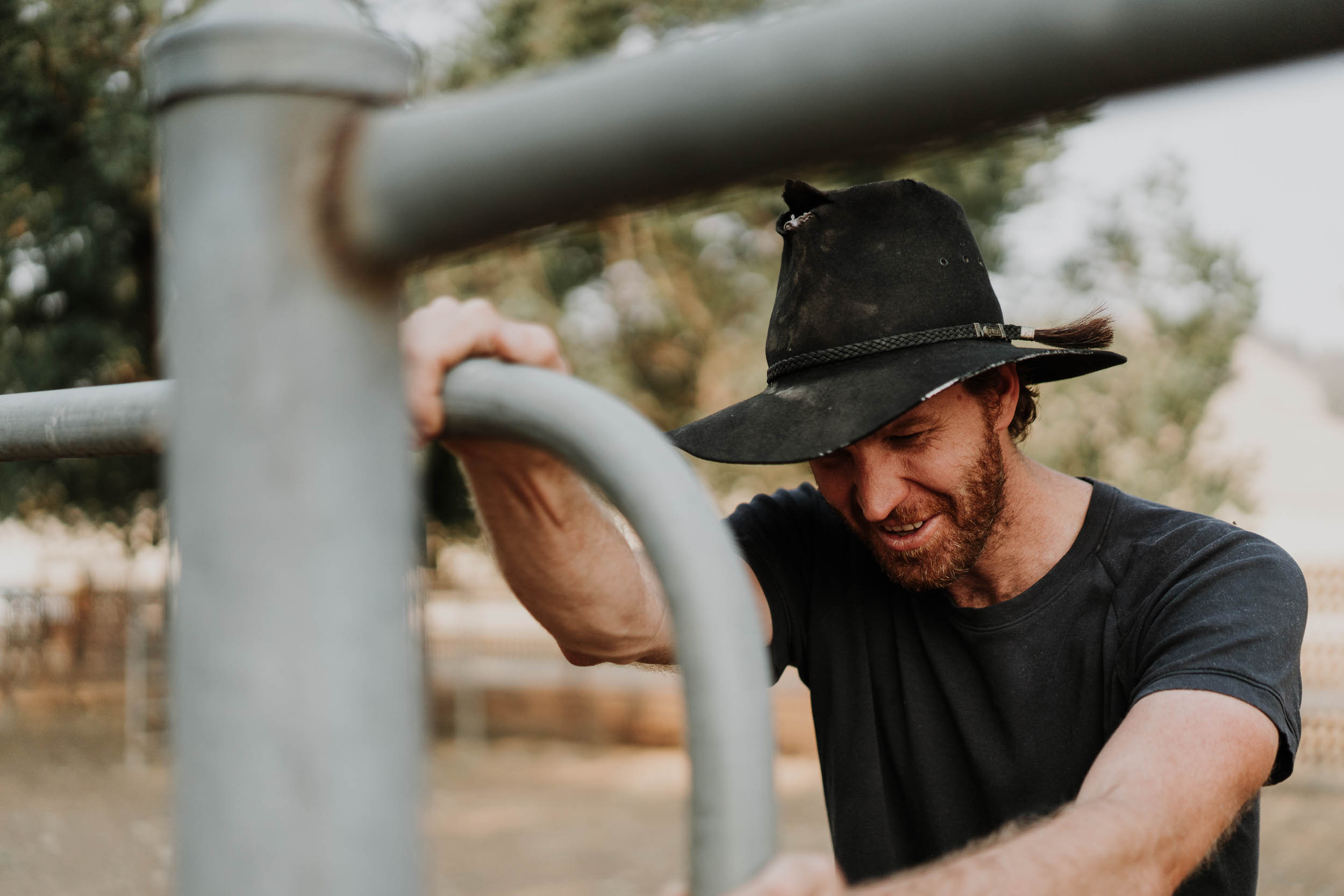Project aims

The Dung Beetle Ecosystem Engineers project aims to:
1. IMPROVE SOIL IN GRAZING SYSTEMS
2. REDUCE THE SPREAD OF DISEASES AND INSECT PESTS, SUCH AS BUSH FLIES
3. INCREASE PASTURE HEALTH
4. REDUCE NUTRIENT RUN-OFF INTO WATERWAYS
The project builds on previous research and will fill seasonal and geographic gaps in the distribution of beetles across southern Australia, by introducing new dung beetle species and expanding the distribution of existing species. The ecosystem services and benefits that dung beetles provide for primary producers will be quantified and shared with landholders.
The project runs from 2017 to early 2023
Project Themes
THEME 1 - PROGRAM MANAGEMENT
Theme 1 is focused on project management, including partner collaboration. Charles Sturt University Graham Centre for Agricultural Innovation is responsible for managing project contracts, project monitoring and evaluation and reporting on a timely basis. Project management will also be overseen by a steering committee elected from project partners.
THEME 2 - BEETLE REARING
Theme 2 is focused on the rearing of the recently introduced dung beetle species Onthophagus vacca and Bubas bubalus as well as three novel species or strains to be imported and potentially introduced as part of this project. The rearing of these species will occur alongside other species that are already established in some parts of Australia but have not yet reached their natural limits of distribution.
THEME 3 - BEETLE DISTRIBUTION
Theme 3 is focused on the monitoring of all introduced species currently distributed across Australia in at least 120 sites across southern Australia. In addition, the beetles released through rearing in theme 2 will be established in at least 100 new, species-appropriate sites across southern Australia with site-specific dung beetle advice and training provided for producers. Information will include best practices for management of dung beetles to derive greatest benefit.
THEME 4 - BEETLE DATABASE: COLLECTION AND COLLATION
Theme 4 is focused on the collation of data and information on dung beetle distribution and biology from a wide range of sources to provide a comprehensive dung beetle database. Newly collected data on dung beetle species, location, and abundance obtained in Theme 3 will be incorporated into this data base. The database will be comprehensive and accessible to users via a web-based interface.
THEME 5 - TRAINING, EDUCATION, INFORMATION DELIVERY
Theme 5 is focused on the development of educational information and provision of information and training sessions by stakeholder groups supported by the dung beetle producer/stakeholder network across southern Australia. Educational training programs for youth and other stakeholders will be supported by development of identification guides, factsheets and a comprehensive project website. In addition, workshops and outreach events will be conducted at participating schools, and by landcare and producer groups in Australia and New Zealand.
A national dung beetle project website will be designed and linked to relevant social media platforms and will contain information about dung beetle surveillance and monitoring, identification and management, and extension and training programs.
THEME 6 - QUANTIFYING ECONOMIC VALUE
Theme 6 is focused on the assessment and quantification of dung beetle ecosystem services as on- farm economic services, and off-farm environmental and social benefits. Understanding the value dung beetles provide is critical for successful incorporation in farm management systems. This information will also be used to inform decisions about future research investments and adoption initiatives.
THEME 7 – IMPORTATION OF NEW SPECIES/STRAINS
Theme 7 is focused on the importation of new beetle species and strains to fill seasonal and geographic gaps in beetle distribution for sustained dung management throughout the year across southern Australia. Three new dung beetle strains/species will be imported and were selected based on their efficiency at burying dung, seasonal activity and distribution in their native range.
Once reared under laboratory conditions in Australia, dung beetles will be multiplied at mass rearing facilities for eventual distribution to producers.
THEME 8 – PROJECT LEGACY
The project will achieve an ongoing legacy of community and stakeholder awareness of dung beetle productivity and social benefits after project completion. This will potentially be achieved through continuation of project activities, including dung beetle monitoring and rearing, with additional funding initiatives planned as well as maintenance of the project website for education, outreach and monitoring.